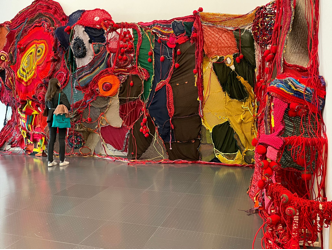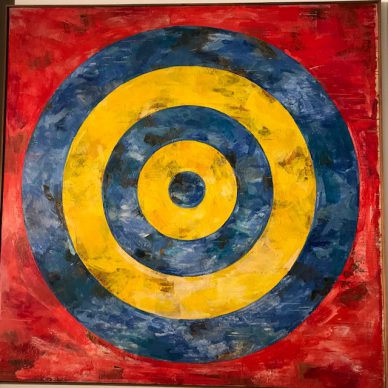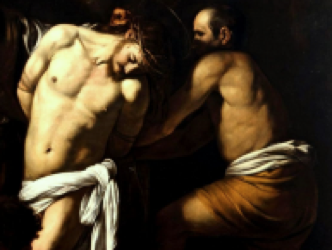Media hype
As the modern and contemporary art sales opened with the auctioning of a portrait of Marilyn from 1964 by Andy Warhol for 195 million dollars, we realize that the media hype surrounding works presented at auction will always be, in our current age, greater than for any extraordinary exhibition staged around the world.
Art/ Money pairing
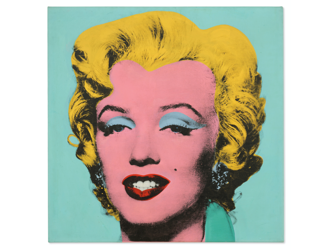
ANDY WARHOL, Shot Sage Blue Marilyn
This is because the art/money pairing is far stronger than art alone. It’s this phenomenon of the lack of interest in the art itself that Robert Storr addresses, among other things, and this week seems like a particularly timely occasion to hear what he has to say.
Neel, Hammons and the Venice Biennale
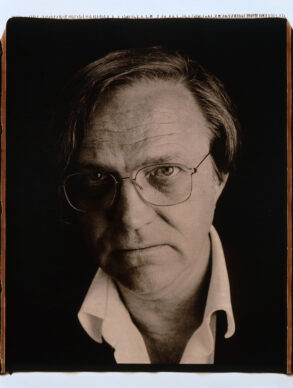
Rob Storr by Lyle Ashton Harris
He is one of the major figures in art criticism from the late 20th and early 21st centuries. He met Alice Neel in 1978. In 1991 he was exhibiting David Hammons. The former curator of the 2007 Venice Biennale (Read here the report about the Biennale 2022) is the subject of a book compiling his articles since 2006. This is how we can understand his premonitions.
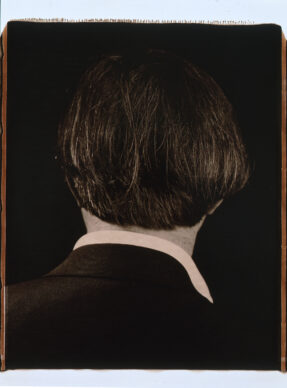
Rob Storr by Lyle Ashton Harris
Recognition for African-American artists
“Finally this generation is acutely aware of slavery. But works on slavery have existed for a long time. It’s just that the art world didn’t pay attention. It wasn’t focused on the subject.
America, a racist country
Because America is a very racist country. They thought it wasn’t what art should be about. People didn’t want images of the ugliness of their own actions. Kara Walker has addressed the subject. Her father, who was himself an artist, wanted to expose these social and historical inequalities.
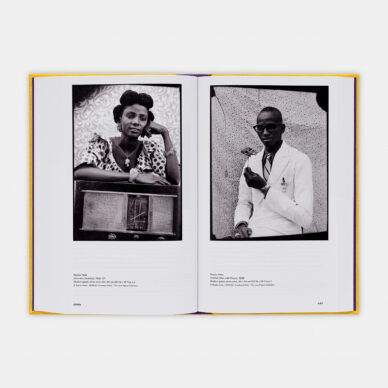
David Hammons
“I met him in Rome for the first time at the American Academy in 1991. He and Jannis Kounellis (see here the last interview of Jannis Kounellis) were putting on an exhibition there and I had been asked to write the show’s catalogue. When I did my first exhibition at Moma in 1991, he was one of the six or seven artists I showcased.
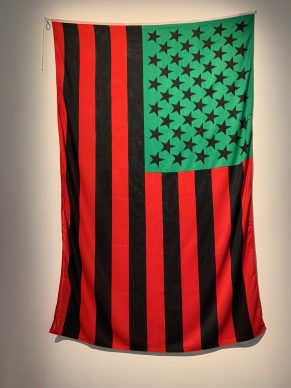
David Hammons
Arte Povera
Through solitary work, David has arrived at the same road as Arte Povera, which is to make something with virtually nothing. The first time I met him he created a piece called “Delta Spirit”, a cabin with materials found on the beach, a place for people to meet, play music, speak, a public space in Manhattan.
The art world game
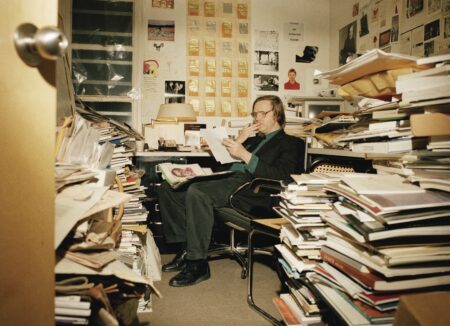
Robert Storr @Moma
For the Moma exhibition I had a budget that was meant to meet the artists’ needs, 10,000 dollars in total. It wasn’t much. David Hammons told me it was too much. David Hammons is very subtle and very determined to do what he wants in his own way. He doesn’t completely play the art world game; he stays at the edge of the game. This has a double advantage: it brings him a certain attention. It also indicates where the edge is. He’s a rebel great-grandson of Marcel Duchamp.
Romare Bearden

Romare Bearden
He is in fact being rediscovered at the moment. He is uneven. His best works are infinitely superior to his average works. His collages are skilful, but his best works are full of information and contradictions. I also exhibited him juxtaposing his work with Walker Evans. He hadn’t exactly been forgotten, but rather he was institutionalised.
Moma solo show
He was exhibited at Moma in the 1960s. He was quite probably one of the first African-American artists to have a solo show at Moma. And he was very influential among subsequent generations of African Americans.
Feminism in art
I have always paid attention to feminism. Today we can no longer talk about a binary man-versus-woman system, but rather about women in different cultures. This is the real change in the feminist art of today.

The art world
The art world is a nebulous thing, made up in part by the market, in part by magazines or simply the things people say, the commonplaces… I see the art world as being almost entirely commercial.
Afraid of being ridiculous
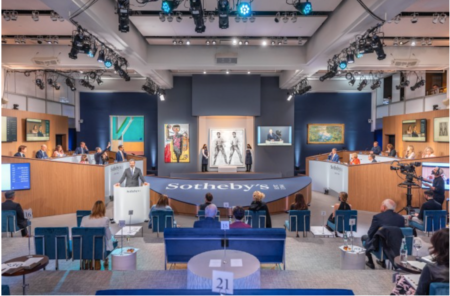
Sotheby’s New York
When people go out in the evening they talk about prices in art and which galleries have the most publicity etc. Or they talk about institutional things; what Moma does or what the Whitney does. They don’t know where the discourse is and they don’t want to seem ridiculous… So they don’t talk about the art itself. The lowering of the standard of discussions over the past ten years has been dramatic.
More pretentious
I think conversations about art today are of an inferior quality to 20 years ago. They are also more pretentious. It resembles an academic discourse, but it’s not that. It’s buzzwords without research. The art circle is larger and fuelled by many more people from commerce. The dealers all talk like academics amongst themselves, and they lecture the collectors. There is no longer the intimate experience of the art itself.
Duchamp and the market
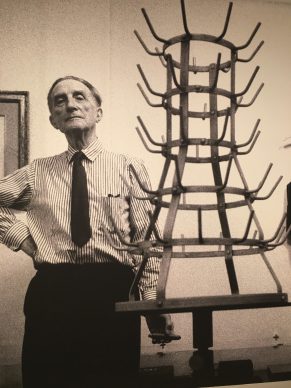
Marcel Duchamp
The fact that Duchamp was active in the art market is a fact that the majority of academics don’t want to deal with. In a curious way the academics often marry Duchamp with the most radical Marxist ideas (Read here and here reports about Marcel Duchamp). But Duchamp wasn’t Marxist at all. He was a dealer, a socialite, and a kept man with many women.
Tatiana Trouvé
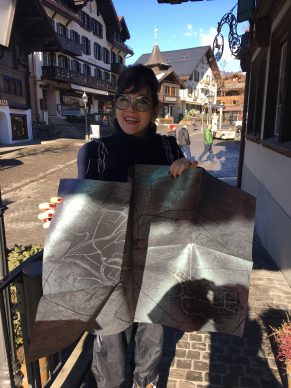
Tatiana Trouvé
She was at my biennale in 2007. I am very impressed by her work. A bit surrealist, a bit Duchampian. She deals with strange objects and situations. She’s a multicultural person with African, French, and Italian roots (See here and here stories about Tatiana Trouvé).

Tatiana Trouvé
Alice Neel
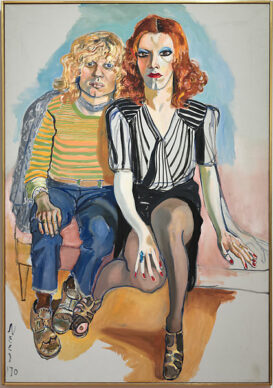
Alice Neel
Her recognition took so long in this country because she was a realist painter and people were interested in expressionism, minimalism… They wanted a kind of art which didn’t resemble art from the past. It was a very direct realism without academic skills. She was a true bohemian; they don’t make them like that anymore. She was interested in the physical or psychological particularities of the people in her portraits.
Similar to Warhol
We see drag queens, banal businessman, fashionable people. In this respect she’s very similar to Warhol. She’s like a kind of old fashioned Warhol studio. Her success is perhaps explained by a sort of nostalgia. Alice Neel is very raw. I remember when I went to visit her, there were things everywhere. You had to bend your arms to find a way through. She was painting, painting, painting.
Alex Katz
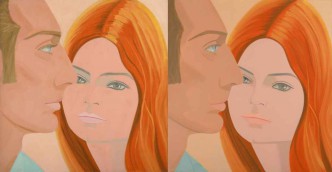
He had success, was seen as outdated, and is now making a comeback. He is following a cycle taken by numerous artists. Alex is 95 years old. He paints young but he is not young. He has waited all this time to receive the attention that his contemporaries got before him, like Andy Warhol and Robert Rauschenberg. They had careers that kicked off in the early 60s (See here the last interview of Alex Katz).
Until his 90’s
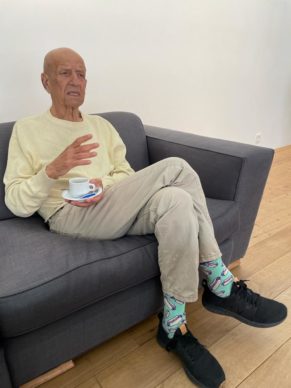
For him it wasn’t until his 90s that he’s been receiving his dues. He’s developed images that contain the least melodrama possible. At the same time he is accurate about how things look at this particular point in time. If you refer to Baudelaire, this is what modern painters do. They are realist in relating the trends of their time.
Damien Hirst
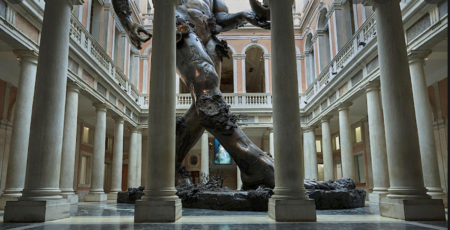
Damien Hirst at Palazzo Grassi
Hirst is a clever man. He is not an interesting artist. He is an academic Duchampian. He did not do the urinal. He did the shark. It’s an interesting object but it doesn’t change the way I think about the world very much. It’s a very good way of playing the art game (See here the last story about Damien Hirst).
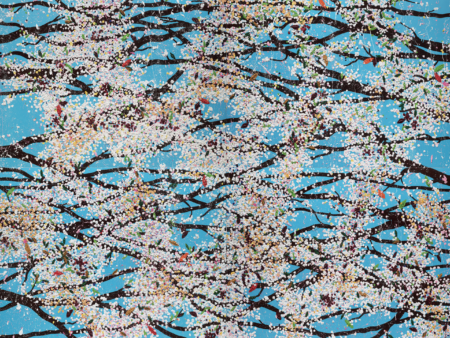
Damien Hirst
History of finance
But in recent years he hasn’t made works whose forms are very inventive. But he makes his mark in the history of finance. This is also true of Jeff Koons (See here the last interview of Jeff Koons). There’s the history of taste and the history of art sales. Hirst and Koons are important in the latter category. But Koons is the more interesting of the two”.

Robert Storr. Writings on Art. 2006-2021. Edited by Francesca Pietropaolo. Heni Publishing. 720 pp. 35£.
Donating=Supporting

Support independent news on art.
Your contribution : Make a monthly commitment to support JB Reports or a one off contribution as and when you feel like it. Choose the option that suits you best.
Need to cancel a recurring donation? Please go here.
The donation is considered to be a subscription for a fee set by the donor and for a duration also set by the donor.

